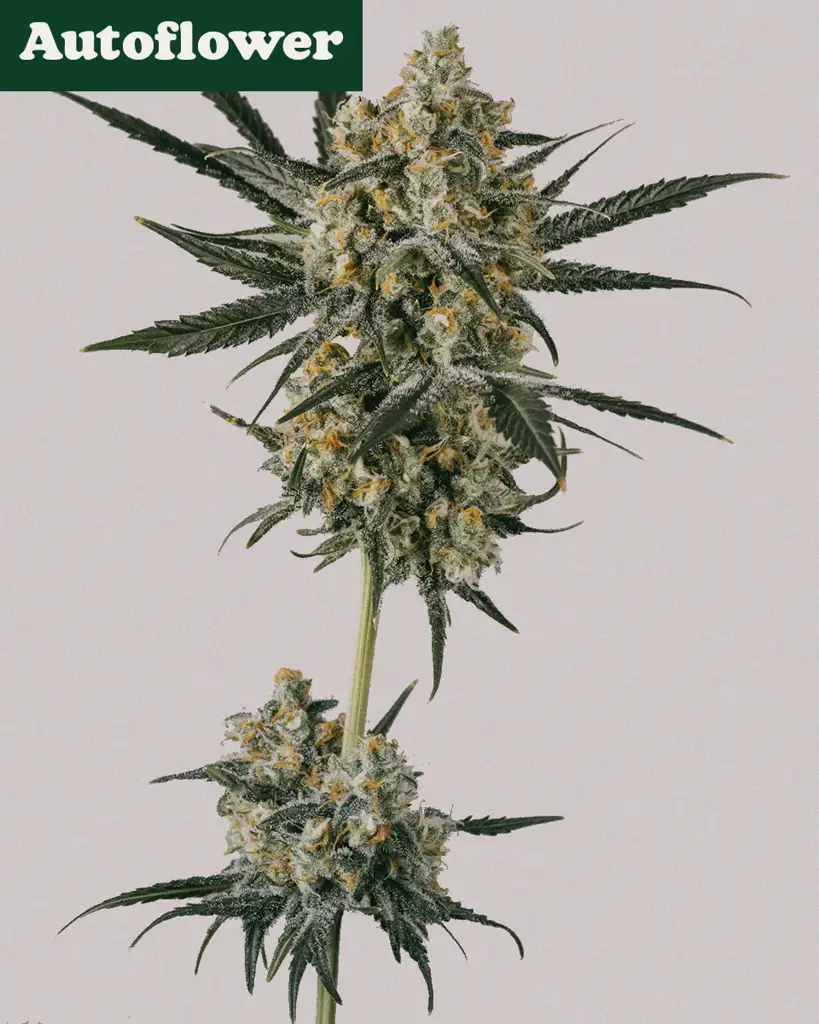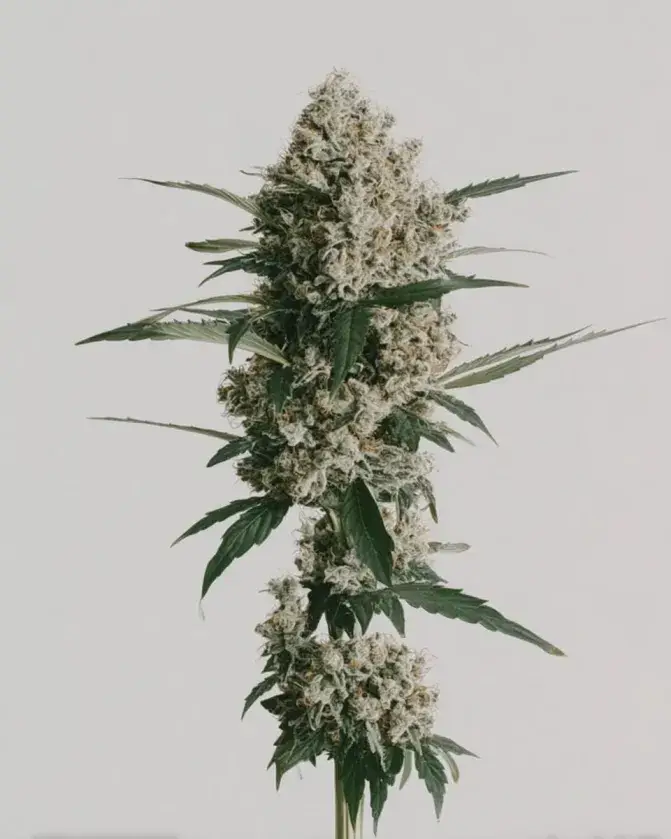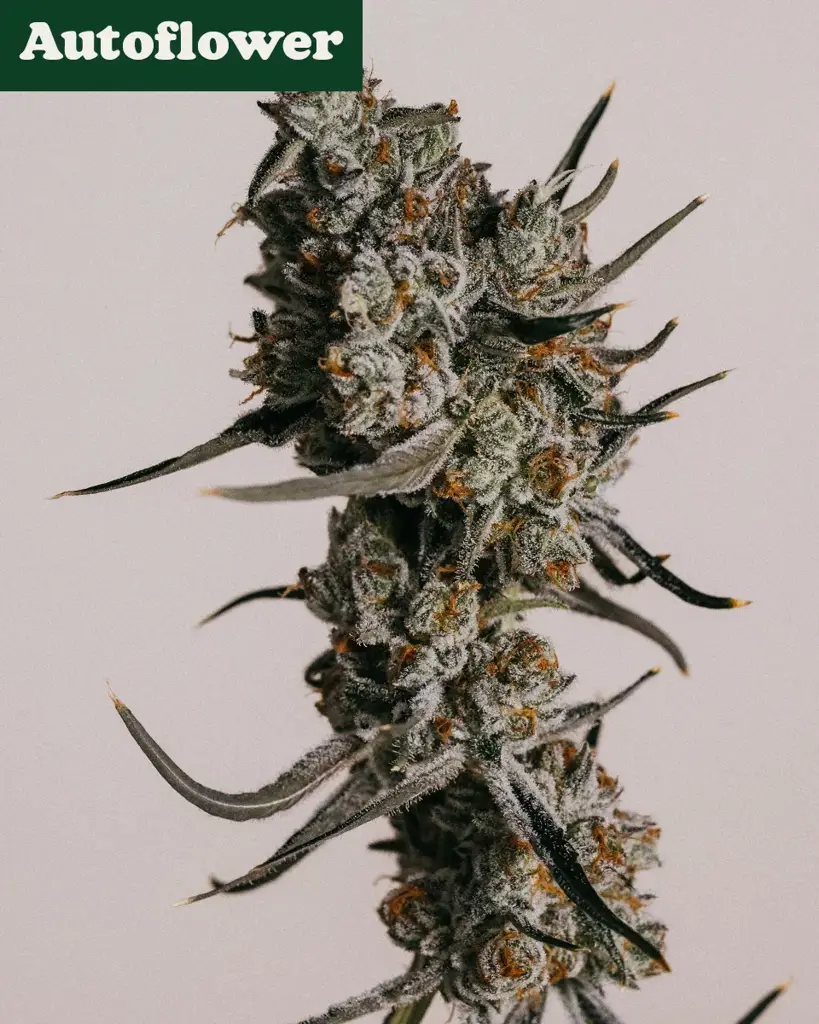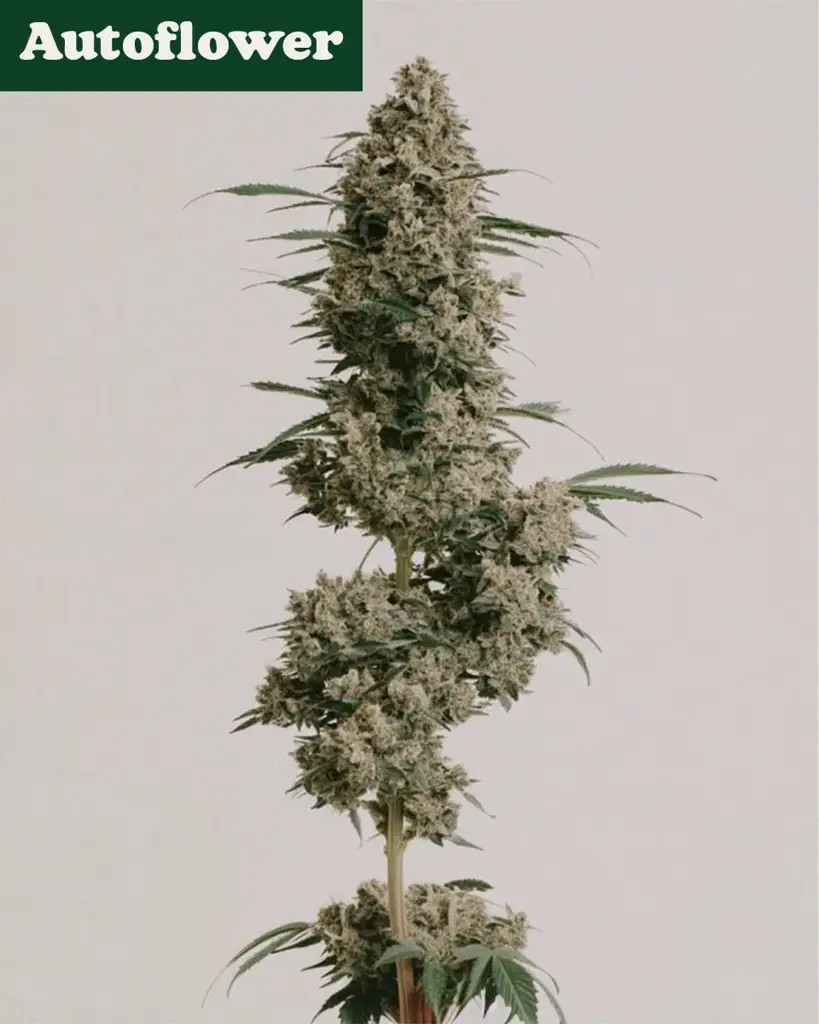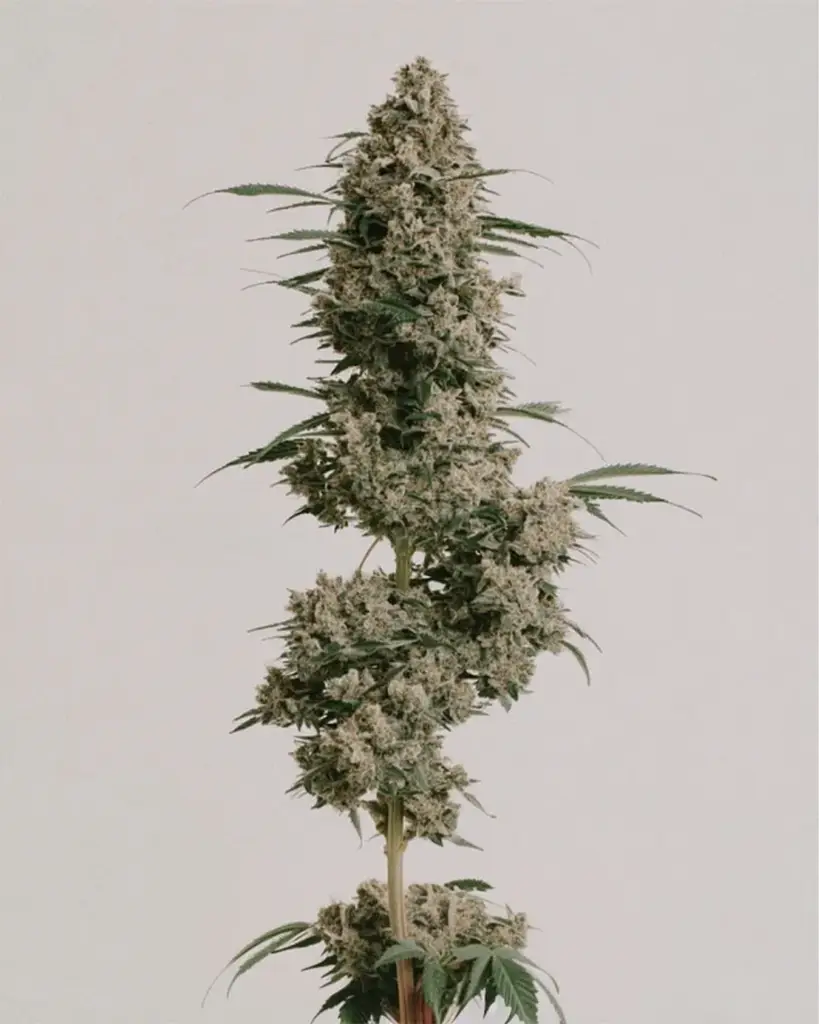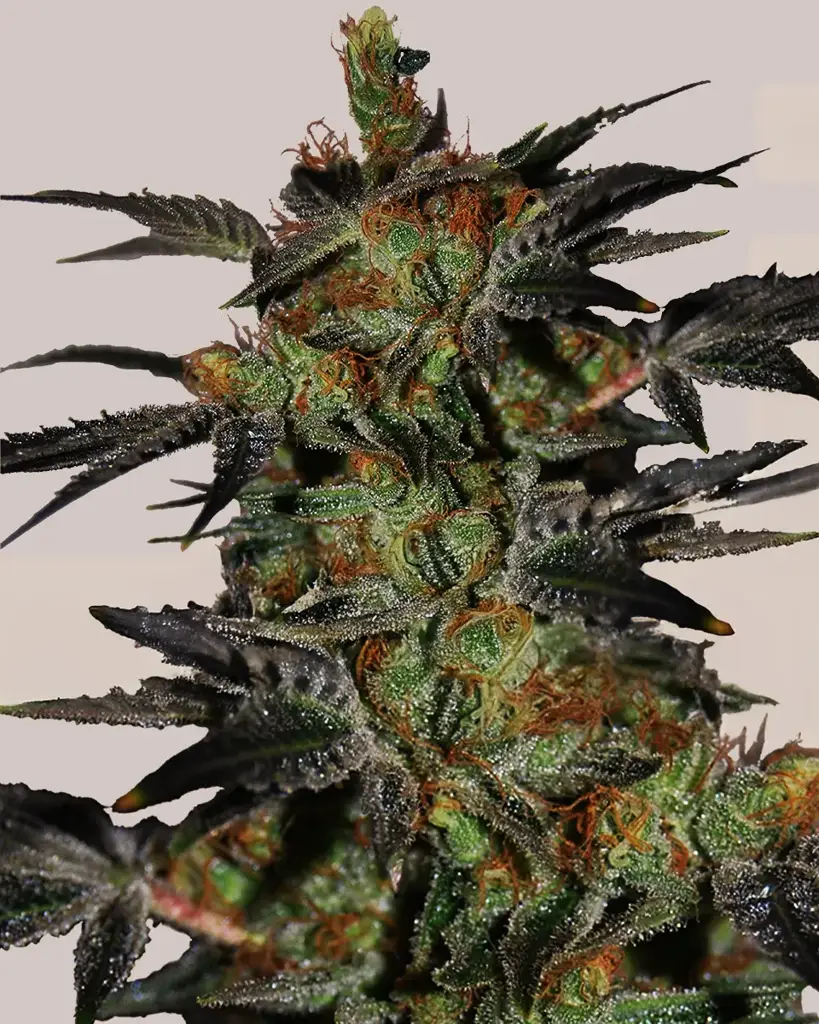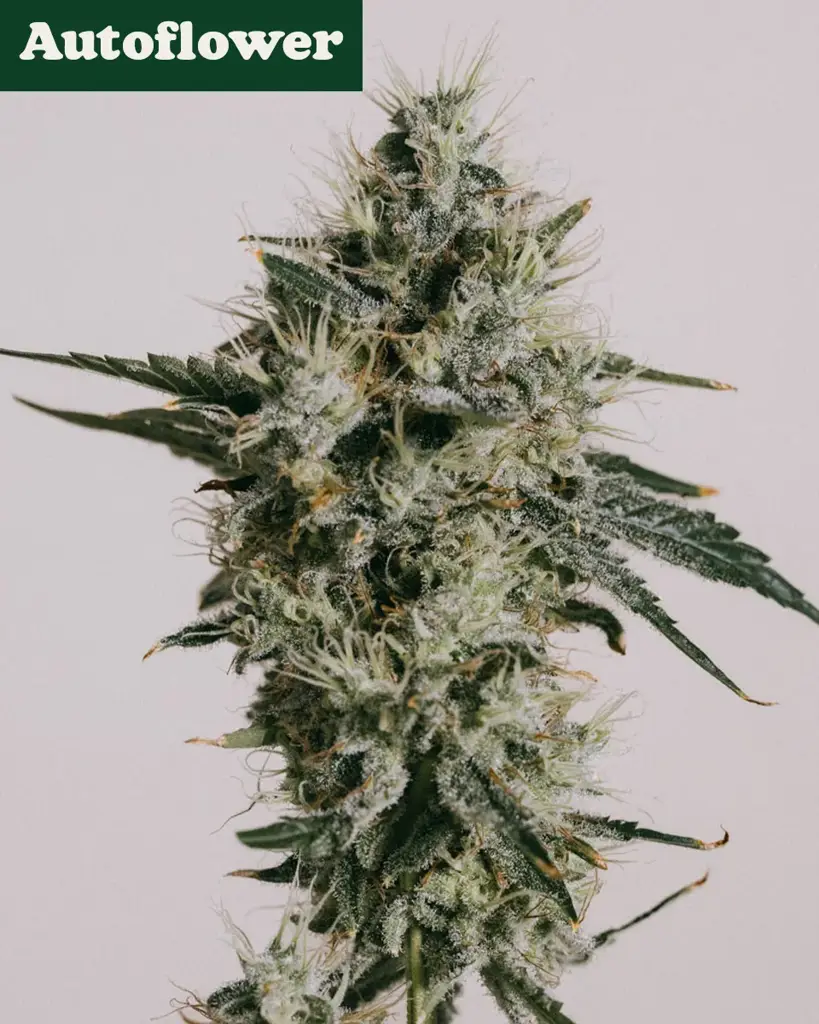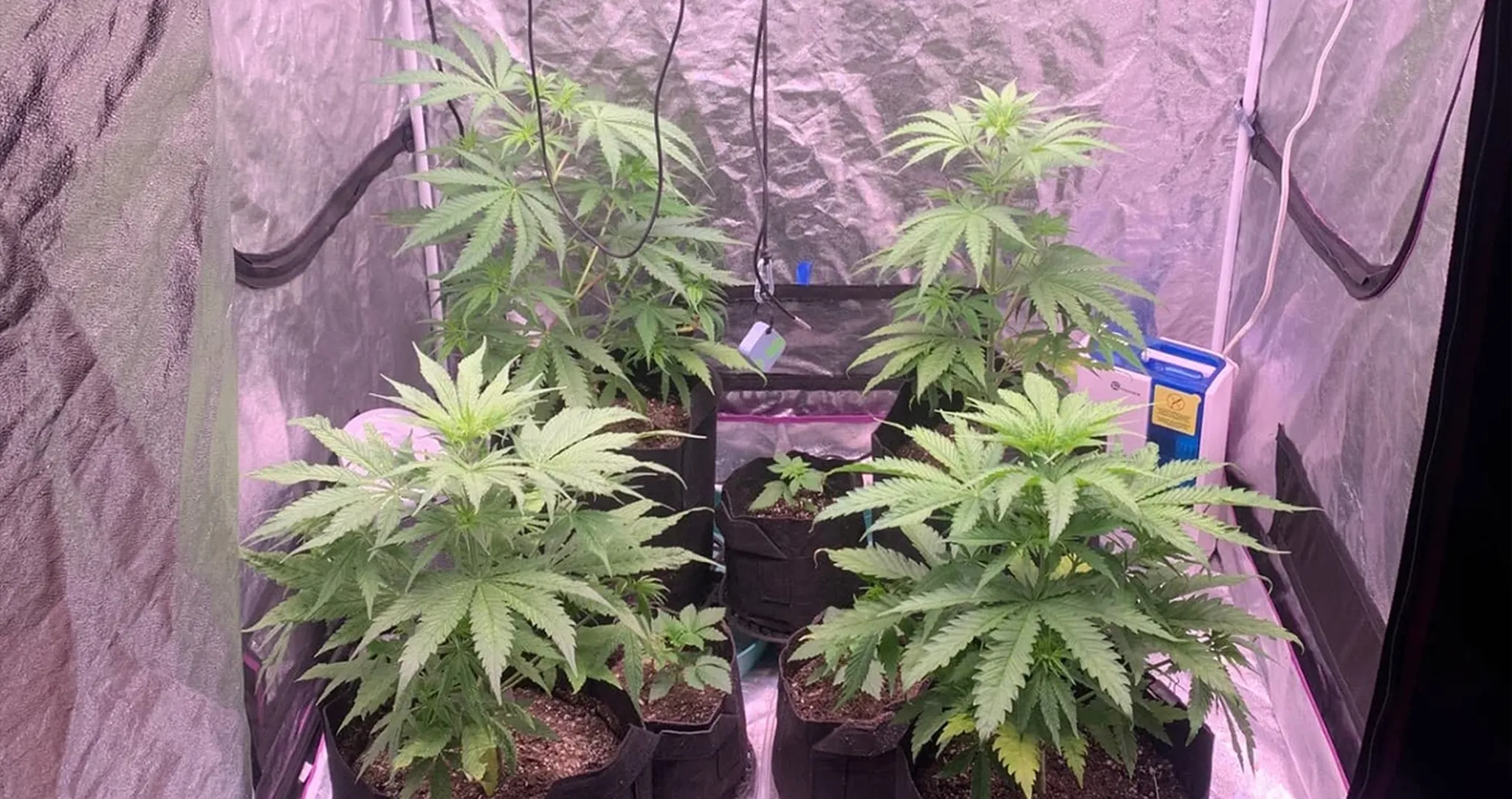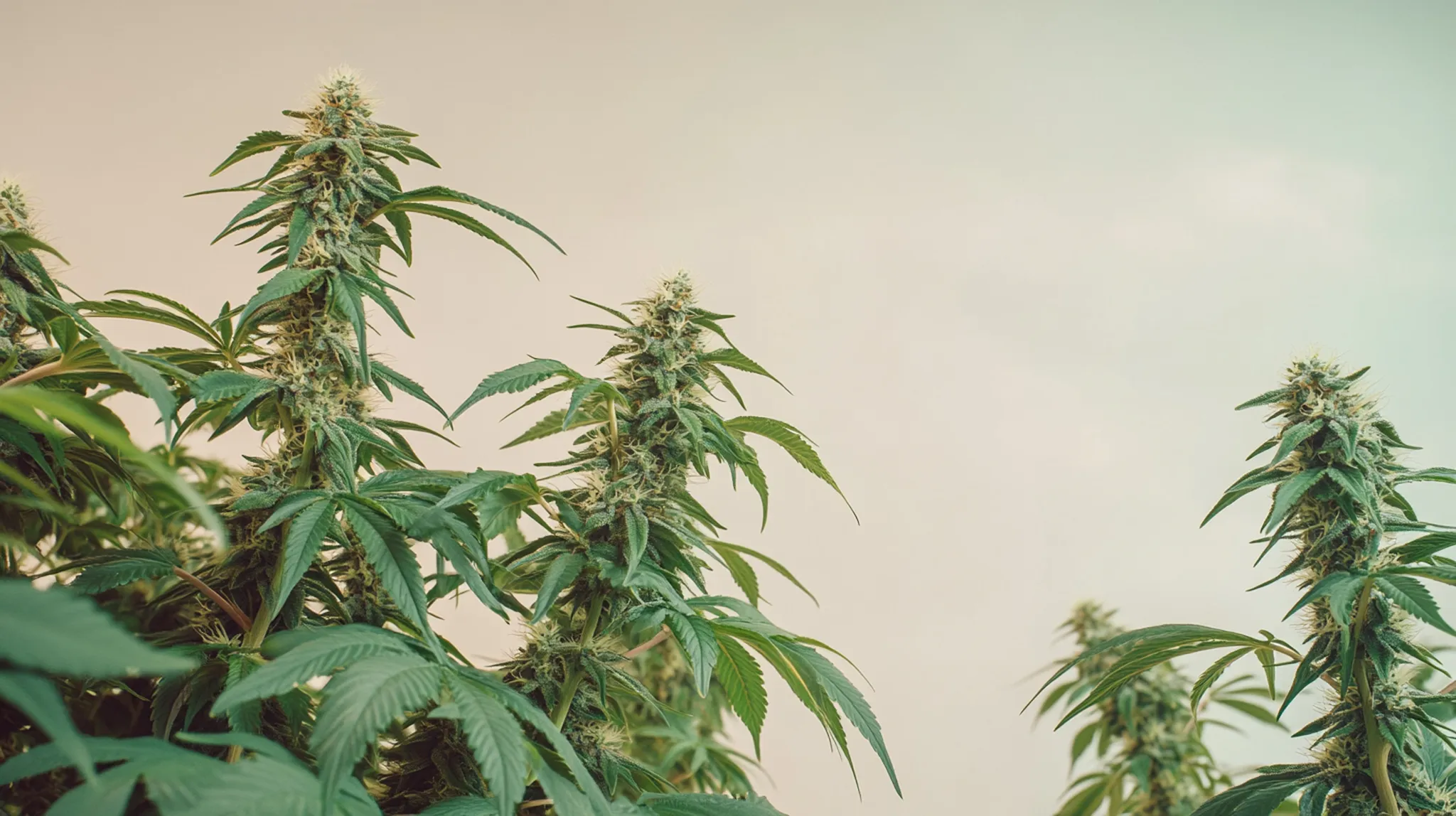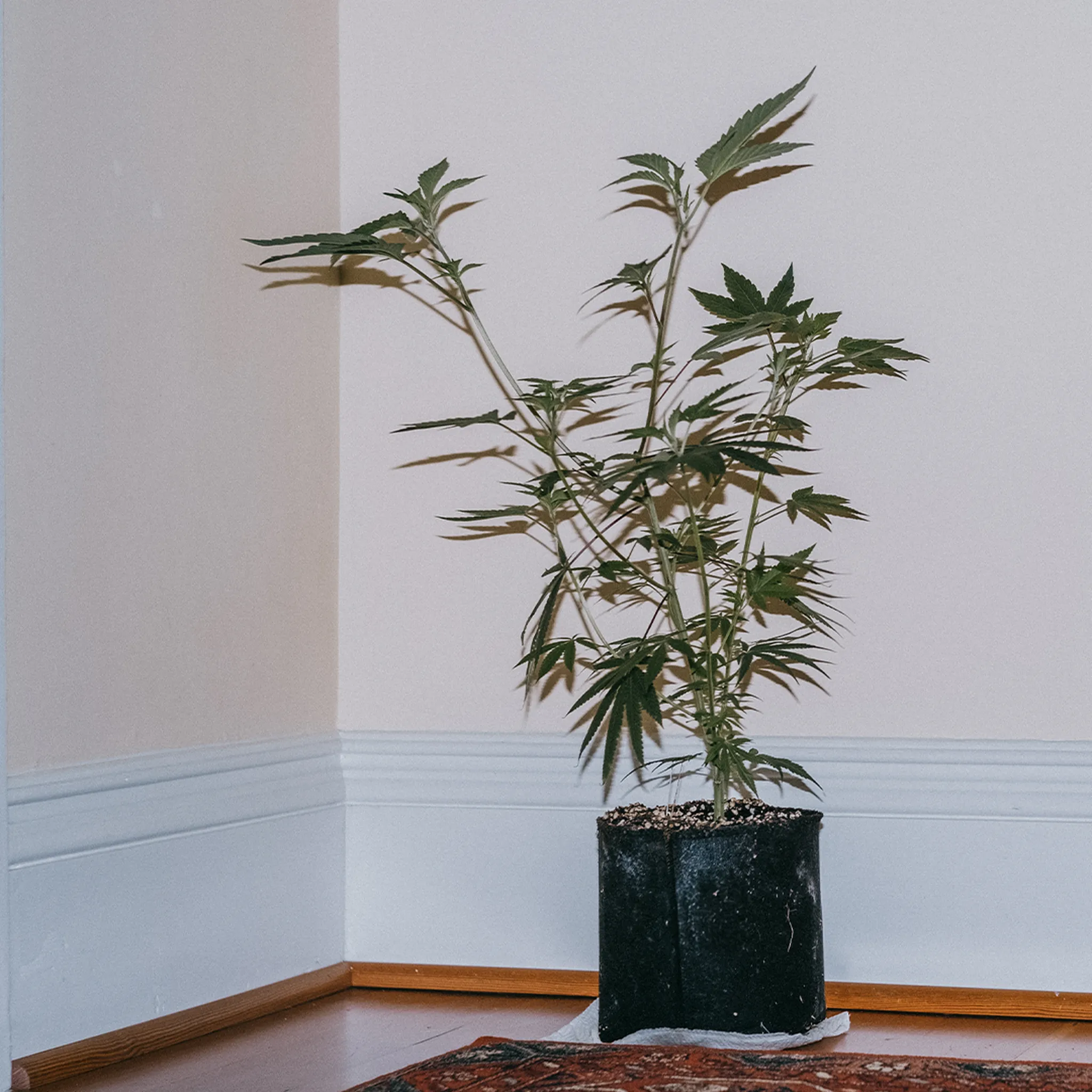
Easy Tips For Your First Indoor Cannabis Grow
Growing cannabis at home is easier than you may think, and there are many advantages and benefits too good to pass up. With our guidance and deep library of resources, you’ll be cranking out lush green plants in no time. First thing first, check your local laws to make sure home cultivation is cool in your area. Be sure to check the amount of plants you are allowed to grow before you start - each place has its own rules.
Table of contents
- Tip 1: Where Should You Place Your Indoor Cannabis Grow?
- Tip 2: Choose Your Growing Medium and Water Accordingly
- Tip 3: Hidden dangers: Light leaks, stagnant air, and overcrowding
- Tip 4: Cannabis Grow Light Options
- Tip 5: Air Ventilation System
- Tip 6: Temperature Control and Environmental Monitoring
- Tip 7: Select a Strain and Germinate!
- Tip 8: Additional Tools for Advanced Growing and Harvesting Cannabis
- Final Thoughts
In this guide, I’ll walk you through everything you need to know to get started and provide you with a checklist to make sure you don't miss anything. We’ll discuss choosing your grow space, mastering the environment, selecting the best cannabis for beginners, and even some safety tips. We’ve got all the bases covered. Ready to dig in?
Too Long, Didn't Read
Location: Plenty of spots around the house can work for an indoor grow.
Space: Adapt your grow style to suit your available space.
Light leaks? Big problem, easily avoided.
Environment: Keep an eye on environmental factors, and you’ll boost your yields.
Kickstart: Getting started is easier than ever!
Our Bestsellers
Tip 1: Where Should You Place Your Indoor Cannabis Grow?

Getting started is exciting, so let’s talk about locations for your indoor grow. Some areas of the house are better suited than others. We’ve compiled the top six factors to consider when selecting your grow space:
Privacy: You want a spot where houseguests won’t wander and somewhere where odors and light won’t escape.
Location: Attics, basements, and garages are popular choices.
Footprint: Make sure the space can fit the number of plants needed to meet your yield goals.
Electricity: Are there enough outlets to safely hook up your gear?
Water Source: How far are you lugging water? Bigger cannabis plants need more water, so plan for that.
Shared walls: If you're near shared walls, keep in mind that vibrations and fan noise can often be heard through walls. Hanging your fan can reduce vibrations.
Checklist:
Grow space (attic, basement, garage)
Access to power outlets
Access to water
Vibration dampeners (if needed)
Privacy is important.
Tip 2: Choose Your Growing Medium and Water Accordingly
For a first-time grower, I say go with a grow tent. These things are game-changers for home growers. And while you’re scouting locations, don't forget you’ll need nearby storage for tools, nutrients, and more.
Now, as for grow mediums, you’ve got some options: soil, coco, or hydro. Most beginners lean toward soil or coco because they’re easier to manage.
Soil is forgiving and works great with organic ingredients.
Hydroponics offers explosive growth but requires more know-how.
Coco? It’s easy to water and feed when following manufacturers' dosage suggestions.
You can water cannabis with a simple, inexpensive watering can. New growers should also get a 1,000ml measuring cup to track watering volumes accurately. Record the amount given and the plant's response in a grow journal. Want something a bit more hands-off? Check out automated watering systems like AutoPot or Blumats.
Safety Considerations Before You StartI’d like to take this opportunity to remind everyone of three VERY IMPORTANT things to remember when designing a safe grow space;
Checklist:
Grow tent that fits the desired space
Grow medium of choice (Soil, Hydro, or Coco)
Watering can and measuring cup (or automated watering system)
Fire alarm/smoke detector (Safety first!)

Professional growers spend years fine-tuning their setups, but you don’t have to get that fancy to succeed. Your grow tent, closet, or room will do just fine. But remember—no light leaks! Cannabis needs strict light/dark cycles, especially during flowering. Leaks can stress your cannabis plants and produce undesirable results (and even mess with their growth in general).
For those looking to keep it small and discreet, there are plenty of clever micro-grow setups out there. A cabinet or closet grow works great if you’re aiming to cultivate a few plants while keeping everything tucked away and out of sight.
Another key thing: don’t overcrowd your space. You’ll want plenty of airflow around your cannabis plants to prevent stagnant air that can lead to powdery mildew or bud rot. Your plants may double in size during flowering, so leave some breathing room!
Checklist:
Grow tent, room, or closet
Light-proofing materials (if needed)
A plan for how many plants to grow
Good airflow (see below)
Indoor Grow?
Tip 4: Cannabis Grow Light Options

Good lighting is critical. These days, LED lights are the go-to for home growers, and for good reason. They’re efficient, don’t give off too much heat, and save on energy costs. Ten years ago, growers were stuck with high-intensity discharge (HID) lights like HPS, but LEDs have come a long way and are now the better option.
Checklist:
LED grow lights (cannabis-specific recommended)
Light hangers or mounts
Extension cords (heavy-duty only, no overloading)
Power strips
Timer for light cycles
Tip 5: Air Ventilation System
Your cannabis plants need fresh air—lots of it. The goal here is simple: bring in fresh air, circulate it, and channel the stale, odor-filled air out of the grow space. It’s not just about fresh air either—good airflow replenishes CO2 levels, acts as a deterrent for molds, and helps strengthen your cannabis plants. Think of the breeze like a gym workout for those branches!
Checklist:
Air filter (if you’re pulling in outside air)
Fans for air circulation within the grow tent or grow room
Extractor fan to remove air
Carbon filter (to handle odor)
Tip 6: Temperature Control and Environmental Monitoring

This part is all about consistency. Temperature and humidity levels can make or break your grow, so monitoring them is crucial. A simple digital hygrometer will do the trick for real-time tracking, but if you want to take things up a notch, automated systems can track temperature, humidity, CO2, and more for you.
Some growers have the perfect humidity where they live, but other growers may need humidifiers or dehumidifiers to keep the right balance. The same can be said for temperature control.
Checklist:
Digital hygrometer
Humidifier or dehumidifier
Air conditioner or small heater
Grow Journal (track your grow like a pro)
Automated monitoring system that stores data (optional but helpful)
Tip 7: Select a Strain and Germinate!

Now for the fun part—picking your cannabis strain. Some strains are easier to grow than others, so do a little research and choose one that matches your experience level. ILGM has a whole section of the best cannabis for beginners, which is perfect if you’re just starting out.
As for germination, it’s all about water. You can use the paper towel method, a glass of water, or plant the seed directly in the soil. Whichever method you choose, make sure the taproot is pointed down when you plant it (or the pointy side down if you are putting the ungerminated seed directly in the soil).
Checklist:
Cannabis seeds (beginner-friendly strains)
Germination materials (wet paper towel, glass of water, rooting plug etc.)
A pot of soil, coco, or hydro system to put your germinated seed into
Nutrients (and a feeding schedule)
Don't forget to add some fertilizer for your grow! This will make sure that your plants have the best chance to thrive during their grow.
Tip 8: Additional Tools for Advanced Growing and Harvesting Cannabis

Once you’ve got a few grows under your belt, there are some next-level tools to consider. Things like SCROG nets for training your plants, integrated pest management tools for plant health, and jewelers' loupes to determine peak ripeness can help you maximize your yields and increase the quality of flowers grown in your tent.
Checklist:
Final Thoughts
Getting prepared is half the battle. Now that you’ve got all the basics down, you’re ready to start picking seeds and setting up your own grow space. Take it one step at a time, and remember—growing cannabis is as much about learning as it is about the plants.
If you’ve got any burning questions or topics you’d like me to cover next, drop them in the comments.
Let’s get growing!

Chad Westport
Chad Westport, a lifelong grower, breeder & cannabis educator, specializes in controlled environment ag with a degree in sustainability.


